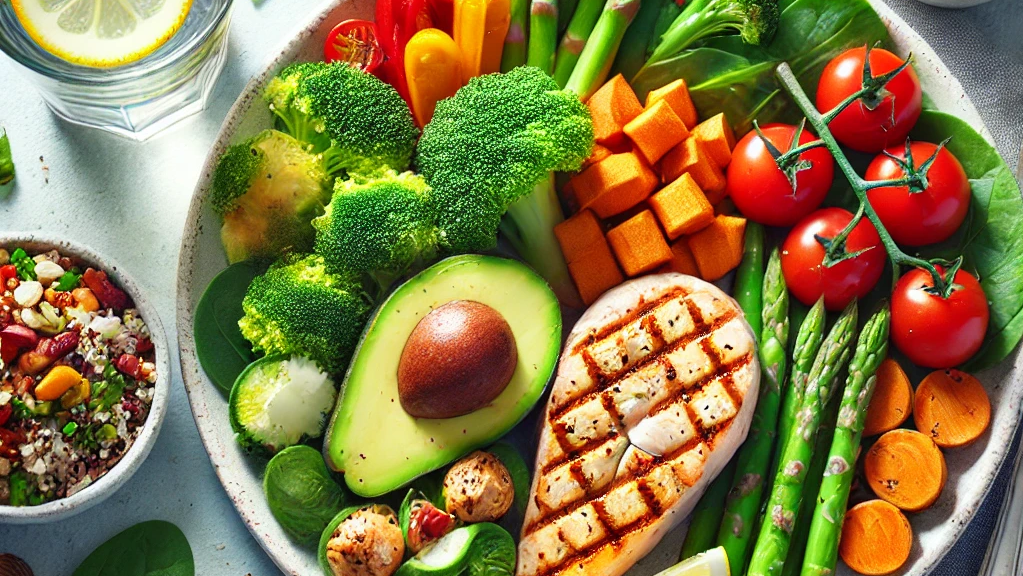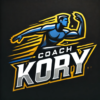Achieving a toned midsection requires more than just exercise—smart nutrition plays a crucial role. This guide breaks down key dietary strategies, covering what to eat, when to eat, and practical meal-planning tips.

Key Nutritional Components
A balanced diet enhances fat loss and muscle definition. Prioritize:
- Protein: Supports muscle repair and growth (lean meats, beans, low-fat dairy).
- Complex Carbohydrates: Provide sustained energy (whole grains, fruits, vegetables).
- Healthy Fats: Aid hormone regulation and satiety (avocados, nuts, olive oil).
- Micronutrients: Essential vitamins and minerals from vegetables and fruits.
- Hydration: Water regulates metabolism and digestion.
Incorporate whole, nutrient-dense foods daily to fuel workouts and support a lean physique.
Getting Started: Simple Nutrition Tweaks
Adjusting your diet doesn’t have to be overwhelming. Start with:
- Assess Your Diet: Identify habits hindering progress (excess snacks, oversized portions).
- Plan Balanced Meals: Prioritize whole foods while allowing flexibility.
- Track Your Intake: Use an app or journal to monitor food choices.
- Emphasize Variety: Rotate different proteins, veggies, and grains for nutrient diversity.
- Time Your Meals: Eat balanced meals pre- and post-workout for energy and recovery.
Common Nutrition Pitfalls
Avoid these mistakes for better results:
- Skipping Meals: Leads to energy crashes and overeating later.
- Fad Diets: Often lack essential nutrients and sustainable results.
- Over-Reliance on Supplements: Whole foods should be the foundation of your diet.
- Calorie Counting Without Nutrient Focus: Prioritize quality, not just quantity.
Advanced Nutrition Strategies
Once you’ve built a solid foundation, refine your approach with:
- Macro Cycling: Adjust carbs and protein intake based on workout intensity.
- Meal Prepping: Saves time and ensures consistency in food choices.
- Hydration & Electrolytes: Maintain optimal levels with water, coconut water, and leafy greens.
- Intermittent Fasting: Can aid fat loss when paired with balanced nutrition.
Experiment with these strategies to see what works best for your body.
Balanced Meal Planning for a Lean Midsection
A structured meal plan supports fat loss and muscle definition:
- Consistent Meal Timing: Helps regulate blood sugar and energy levels.
- Colorful, Nutrient-Dense Foods: Ensure a broad range of vitamins and minerals.
- Smart Snacking: Nuts, Greek yogurt, and hummus with veggies keep hunger in check.
- Portion Control: Adjust intake based on workout intensity and energy needs.
FAQs on Nutrition for a Toned Midsection
What foods should I prioritize?
Lean proteins, complex carbs, and healthy fats—balanced with vegetables and whole grains.
Does meal timing matter?
Yes. Eating around workouts enhances performance and recovery.
Can supplements replace whole foods?
No. Supplements fill gaps but shouldn’t replace a nutrient-rich diet.
How do I know I’m eating the right amount?
Track intake for a few weeks to align consumption with goals.
Final Thoughts
A toned midsection comes from a combination of proper nutrition and consistent training. Focus on whole foods, maintain meal consistency, and track your progress. Small, sustainable changes lead to lasting results.
Pairing strategic eating with regular exercise optimizes fat loss and muscle tone. Stay patient, adjust as needed, and build long-term habits for a stronger, leaner midsection.


